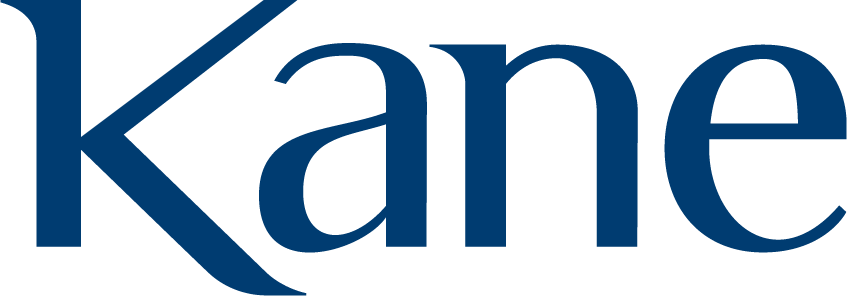Now Is the Right Time to Plan for a Crisis
Last Wednesday marked the first official day of fall, my favorite season, filled with vibrant leaves and cozy sweaters. This time of year is met with excitement in my house. My husband and sons are looking forward to postseason baseball (good luck to our Milwaukee Brewers!) and I’m feeling accomplished to have finally completed the ever-growing pile of back-to-school forms and paperwork.
In addition to the typical contact information forms, proof of vaccinations, and gym uniform orders, the COVID-19 pandemic brought about another signature page, this one acknowledging the willingness to follow the school’s Crisis Plan Guidebook. This robust, 37-page document outlines a wide scope of information focused on the school’s approach to addressing the pandemic. It includes handwashing and mask-wearing guidelines, color-coded schedule scenarios for various learning formats, exposure criteria and more. This detailed plan likely took a team many months to create and is now a part of the back-to-school document packet, to ensure everyone understands the school’s plan to address whatever comes their way related to this novel virus.
As my son and I signed the acknowledgment form, I thought about how this type of thoughtful preparation and scenario planning is important for many industries, for myriad reasons beyond COVID protocol planning.
With recent client work on my mind, I thought about the parallel to crisis communication planning. Many organizations don’t think about a crisis communication plan before they need one, and as a result, are left scrambling to devise a plan, while simultaneously responding to media, communicating with employees and stakeholders and keeping a close eye on social media. Juggling all of those balls at once greatly increases the chance that at least one will get dropped, thwarting a foundational goal of crisis communication: quickly disseminating thoughtful, consistent information.
Expect the best, plan for the worst
It can feel intimidating to write a crisis communication plan, not knowing where to start and what to include. The good news is that there is no “right” or “wrong” way to write this plan and there is no one-size-fits-all approach, as each plan will vary based on an organization’s size, industry, clients, market and other factors.
Start by thinking about likely scenarios that could trigger the use of a crisis plan. This could include an organizational issue related to the actions of leadership or personnel; it could be a technology issue or data breach; it could be related to equipment failure for you or one of your clients. Don’t be afraid to check in with a veteran team member who may have insights to share about past close calls or competitors’ issues.
Still stuck? Marketers at Northeastern University recommend a team brainstorming session when you entertain a variety of “what if” relevant scenarios, suggesting you “focus on situations that align with your organization’s product, services, and industry—particularly on areas where the likelihood and impact of something going wrong are high.”
When we work with clients on crisis communication planning, we help them think through these types of scenarios, carefully considering and capturing the following:
Primary and secondary audiences (these will likely change from scenario to scenario)
A planned approach in response to each scenario
Detailed key messages and other deliverables that would accompany the response
A leader from the organization who would serve as the point of contact for each scenario
This collection of scenarios, affected audiences, approaches, key messages, deliverables and named point person is a great foundation for your crisis communication plan. Your plan will grow and change with your organization, so be sure to routinely review and update it and ensure your team has access to the current version.
If scenario planning has set you on the path for deepening your organization’s crisis communication plan, consider taking Kane’s Reputation Management Preparedness Assessment. Our team uses this tool as a starting point with clients, to learn more about the status of 14 different organizational components that provide a foundation for a strong reputation. We’d love to hear how your assessment turns out, so please reach out if you’d like to discuss it!
